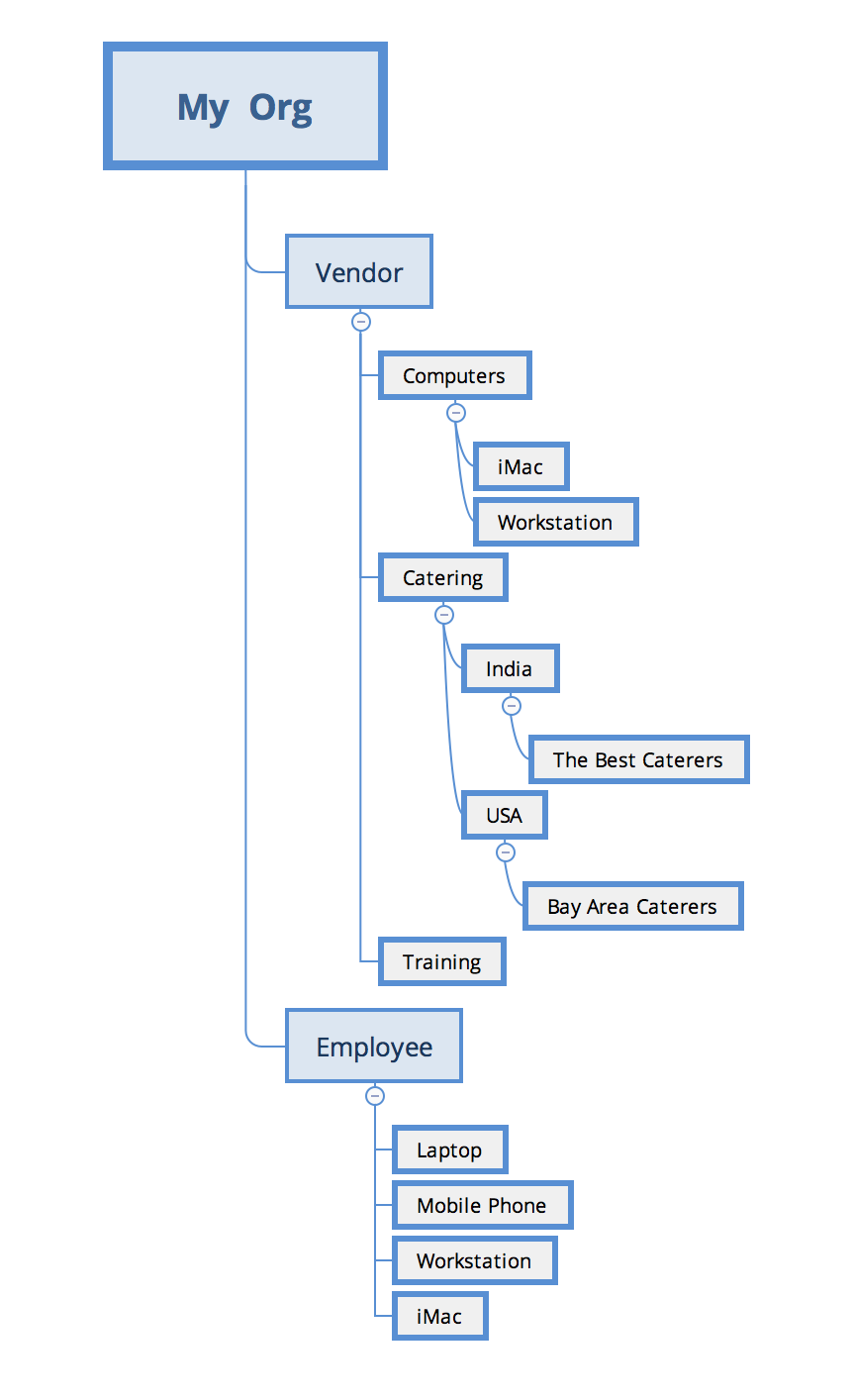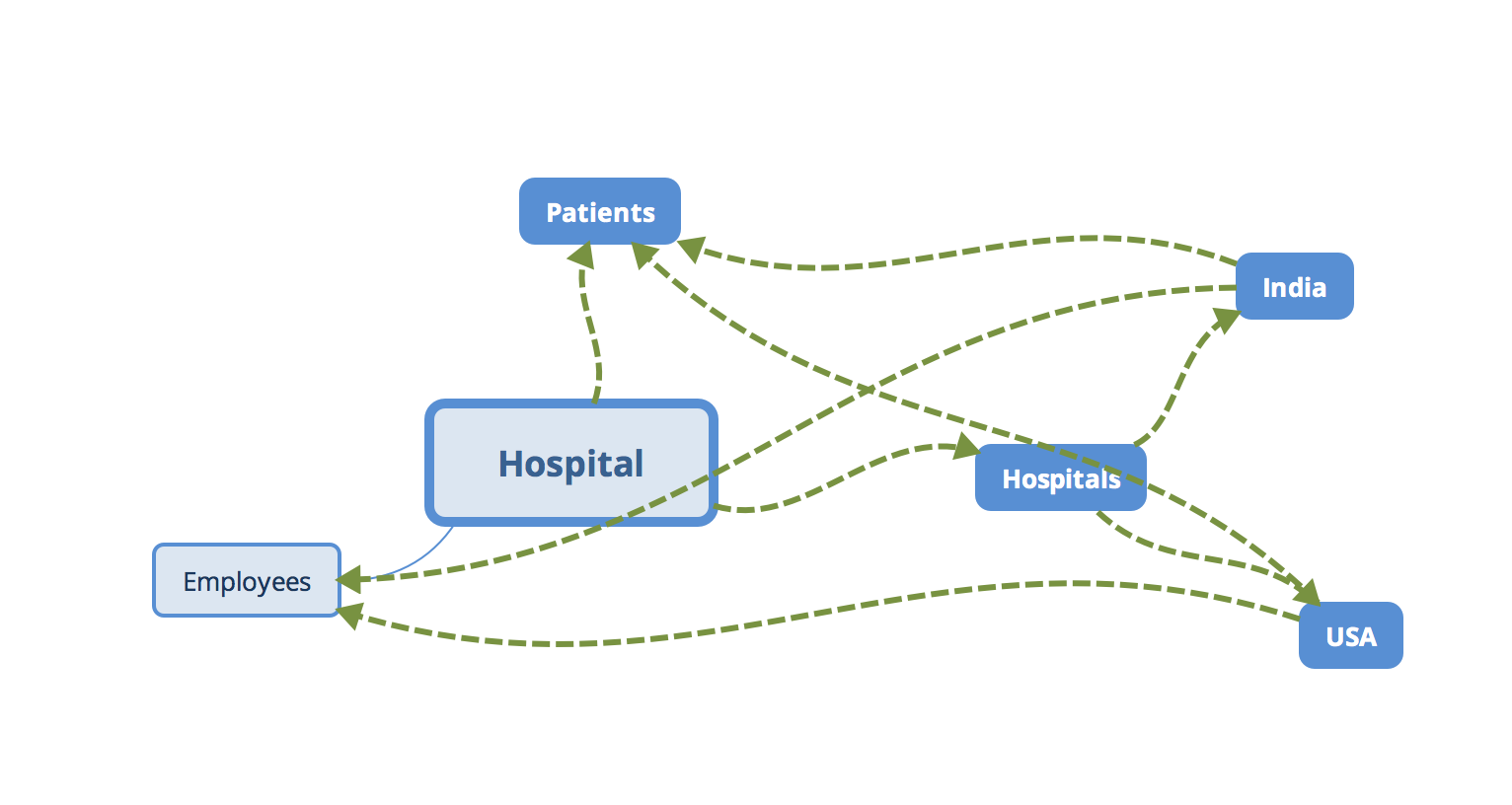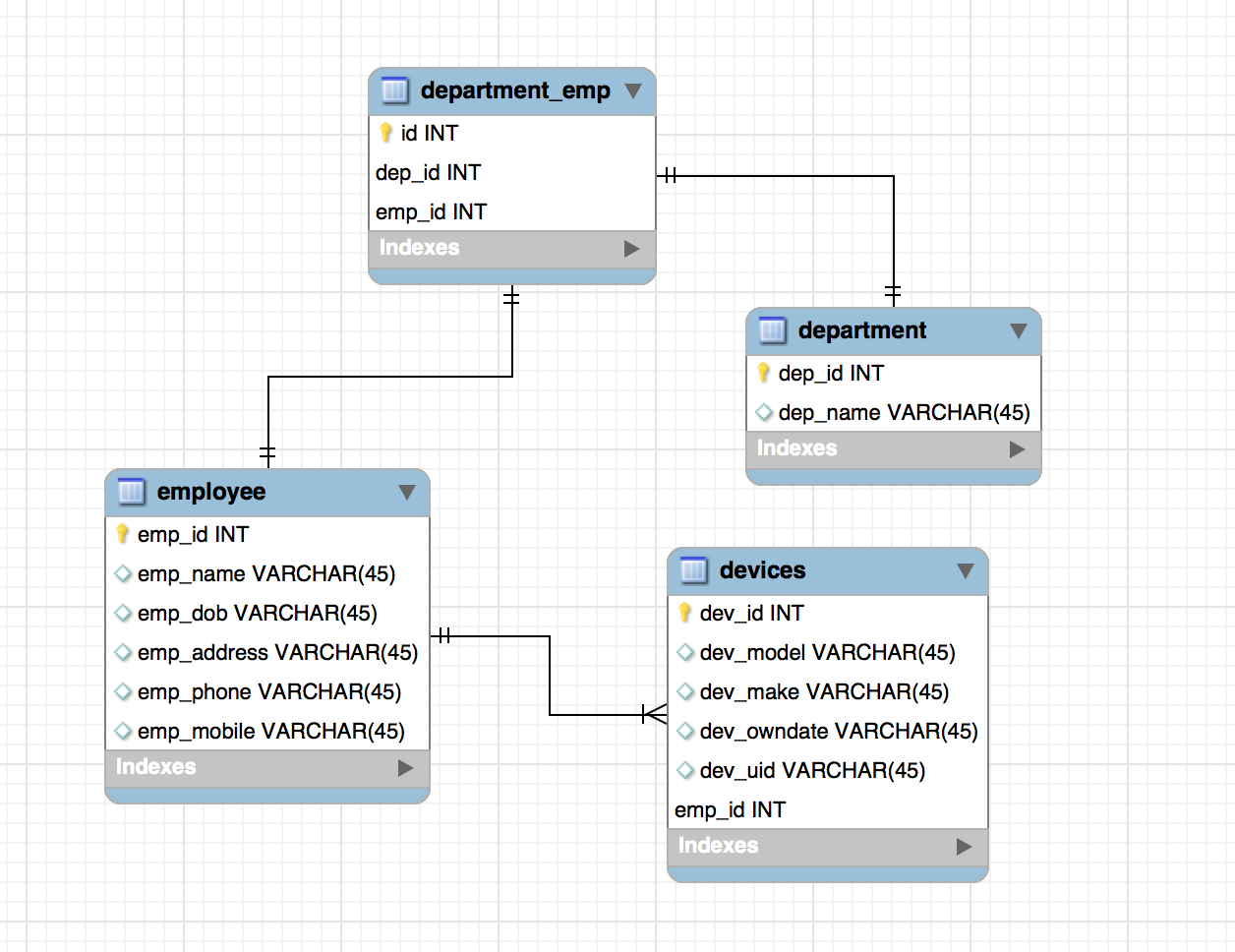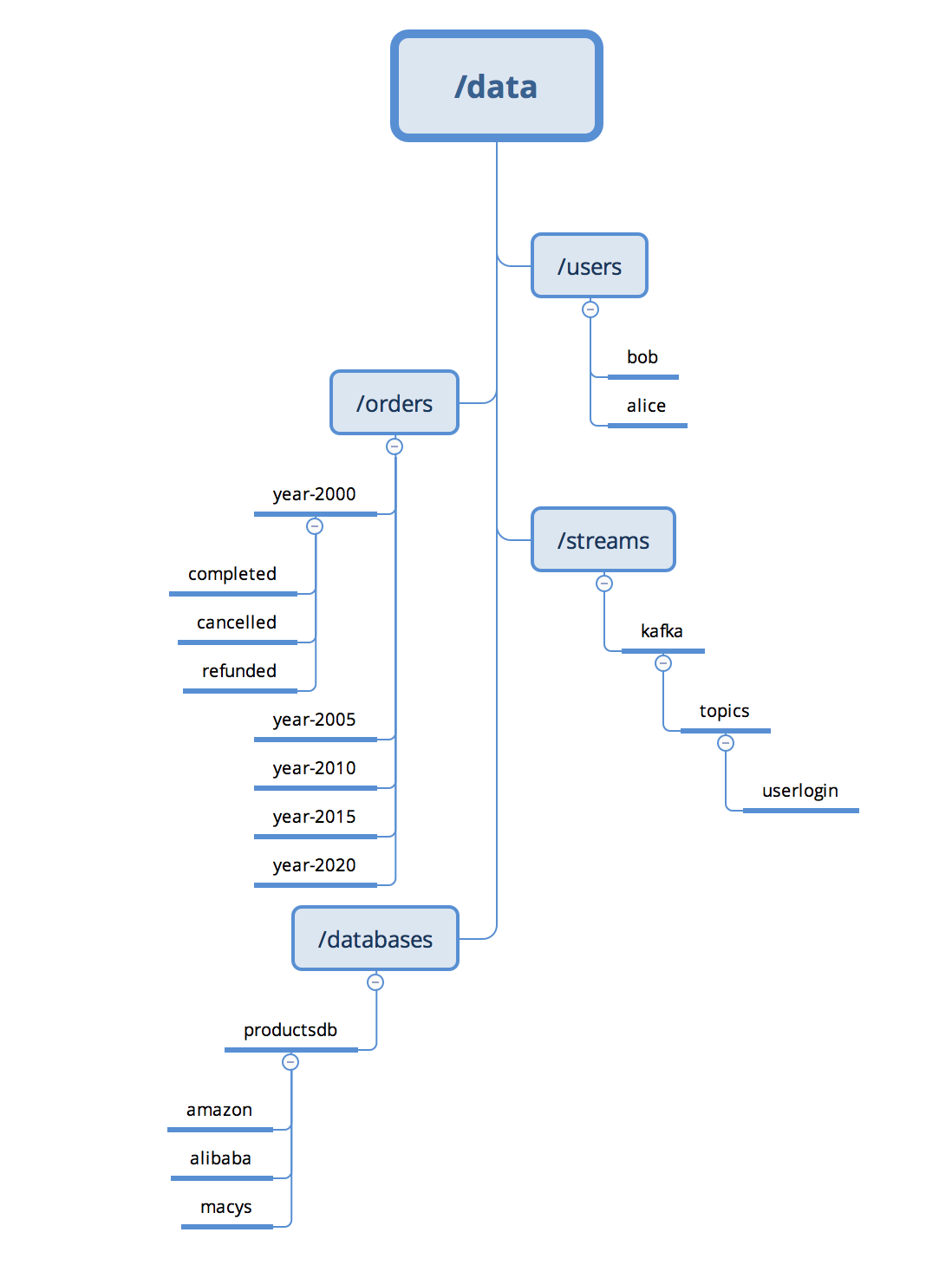Manoj R Patil is the Chief Architect in Big Data at Compassites Software Solutions Pvt. Ltd. where he overlooks the overall platform architecture related to Big Data solutions, and he also has a hands-on contribution to some assignments. He has been working in the IT industry for the last 15 years. He started as a programmer and, on the way, acquired skills in architecting and designing solutions, managing projects keeping each stakeholder's interest in mind, and deploying and maintaining the solution on a cloud infrastructure. He has been working on the Pentaho-related stack for the last 5 years, providing solutions while working with employers and as a freelancer as well. Manoj has extensive experience in JavaEE, MySQL, various frameworks, and Business Intelligence, and is keen to pursue his interest in predictive analysis. He was also associated with TalentBeat, Inc. and Persistent Systems, and implemented interesting solutions in logistics, data masking, and data-intensive life sciences.
Read more about Manoj R Patil





